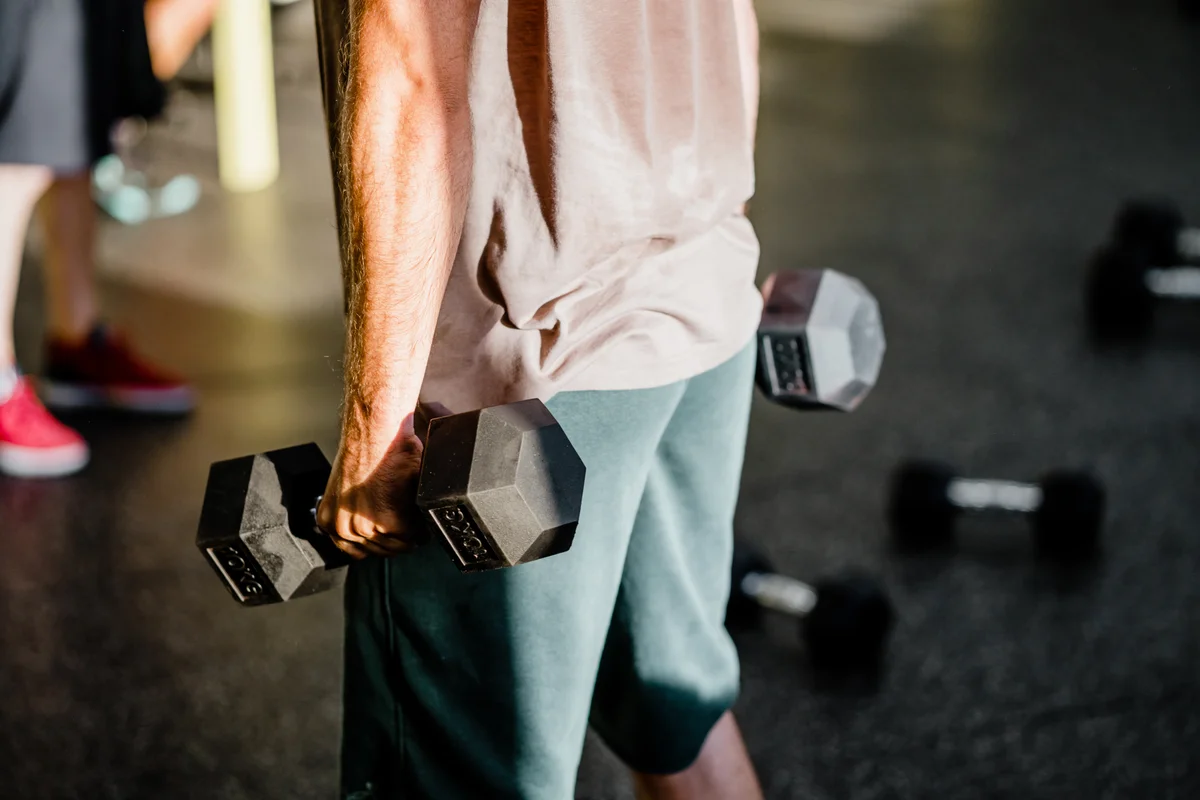By Paul Hough
In a world flooded with fitness fads and “quick-fix” workout plans, solid evidence can often get drowned out. Yet the science is clear: jogging for just five to ten minutes a day can lower your risk of dying from heart disease and even reduce your overall risk of dying from any cause. This kind of research rarely gets the attention it deserves.
As a sport and exercise scientist, I’ve been asked hundreds of fitness questions over the years by athletes, clients and those on social media.
Many of these questions are rooted in persistent myths or internet misinformation.
Here are six of the most common ones, starting with one of the most popular:
No specific exercise can reduce fat in one area, despite what ads or fitness influencers might promise.
Instead, losing body fat comes down to maintaining a caloric deficit over time: burning more calories than you consume. If you eat more than you burn, even the most intense workouts won’t shift body fat.
That said, exercise plays a key role in fat loss. Combining a healthy diet with physical activity is the most effective strategy for fat loss and long-term weight maintenance. Exercise helps by burning calories, improving sleep regulation, increasing confidence, and promoting metabolic adaptations like improved insulin sensitivity.
Resistance training is especially important. It helps preserve muscle during calorie restriction, meaning the weight you lose is more likely to come from fat rather than lean tissue.
Fasted exercise (working out on an empty stomach, typically in the morning) increases fat oxidation, the metabolic process where fatty acids are broken down to produce energy due to low blood glucose and insulin levels, paired with elevated cortisol.
But does it lead to greater fat loss overall? Not really. Studies comparing fasted versus fed exercise show no significant differences in long-term fat loss when total calories are matched. In short: fasted workouts might burn more fat during the session, but it doesn’t translate into greater weight loss over time.
That ache you feel 24 to 48 hours after an intense or unfamiliar workout is called delayed onset muscle soreness (Doms).
The delay in soreness is caused by inflammation, which takes time to fully develop. The inflammation is beneficial because it signals your body to rebuild stronger tissue by breaking down damaged proteins and building new ones. In response to the inflammation, the muscle and connective tissues release “protein messengers” that sensitise pain receptors in the connective tissues, which can make even basic movements feel uncomfortable.
Doms often peaks two days after exercise. But the good news? Your body adapts quickly. Doms is a normal part of muscle adaptation that enables you to experience less soreness when you next perform the same activity.
If your muscles feel sore after exercise, they are temporarily weakened, and it’s best to avoid high-intensity exercise.
Mild Doms? Low-intensity, low-impact activities like swimming or cycling can help improve blood flow and reduce stiffness, easing the sensation of soreness. However, light activity won’t necessarily speed up the recovery process. Another option is to train different muscle groups, such as the upper body, if your legs are sore.
This myth is surprisingly persistent, but the evidence says otherwise. A 2023 study found no higher rates of knee osteoarthritis among runners compared to non-runners. In fact, running may even strengthen cartilage by stimulating collagen production.
That said, certain risk factors, such as previous knee injury, excess body weight, or ramping up mileage too quickly, can raise your risk of knee pain or injury. But with smart training, including resistance work and gradual progression, running can be safe and beneficial for your knees.
Not quite. While wearables can give a rough estimate of your energy expenditure, they’re not precise enough to rely on for dietary or fitness planning.
A 2022 study found that smartwatches significantly miscalculated calories burned across different activities like walking, cycling and resistance training. These findings align with a wider systematic review that concluded most fitness trackers are inaccurate for energy expenditure.
These devices can still be helpful for tracking heart rate trends, daily step counts and staying motivated, but if you’re planning your diet or workouts around the calorie numbers they give you, it’s time to think again.
When it comes to exercise and fat loss, there’s no one-size-fits-all solution – and no shortcut. The basics still matter: eat well, move often and listen to your body. And when in doubt, stick with exercise and nutrition advice supported by science, not what’s trending online.
Paul Hough is a Lecturer in Sport & Exercise Physiology at the University of Westminster.
This article is republished from The Conversation under a Creative Commons license. Read the original article.
